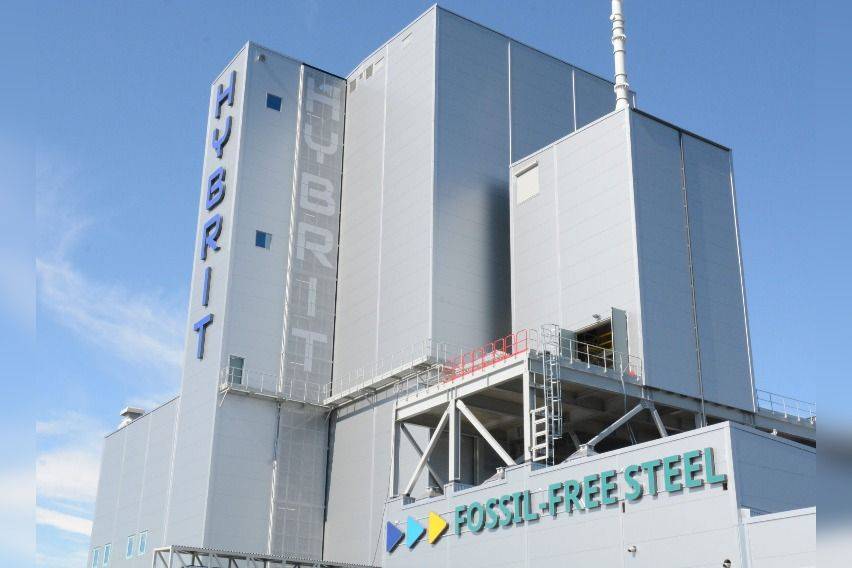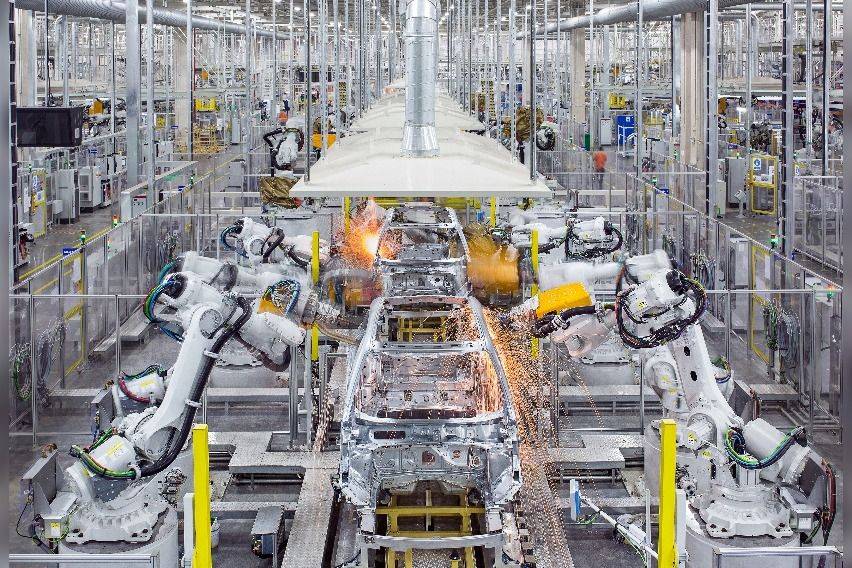Volvo partners with SSAB for 'fossil-free steel'

After Volvo's Torslanda plant reached its climate-neutral status, the Swedish carmaker is pushing its green goals further as it becomes the first carmaker to to partner with SSAB for fossil-free steel.
Volvo will work with Swedish steel manufacturer SSAB and its Hybrit initiative, the steel industry’s most ambitious and advanced project in fossil-free steel development, according to SSAB.
As part of the collaboration, Volvo has secured SSAB steel made from hydrogen-reduced iron from the Hybrit plant in Luleå, Sweden. The steel will be made from hydrogen and fossil-free electricity, as opposed to the usual coal, SSAB said.
The steel will be used for testing purposes and may be used in a concept car.
In 2026, SSAB aims to supply the market with fossil-free steel at a commercial scale. At the same time, Volvo aims to the first carmaker to use fossil-free steel for its production cars.

The Hybrit initiative was started by SSAB, iron ore producer LKAB and energy firm Vattenfall. The initiative aims to replace coal with fossil-free electricity and hydrogen. The result is expected to be the world’s first fossil-free steelmaking technology, with almost no carbon footprint.
“Our breakthrough technology has virtually no carbon footprint and will help strengthen our customer´s competitiveness," president and CEO of SSAB Martin Lindqvist said. "Together with Volvo Cars, we aim to develop fossil-free steel products for cars of the future.".
Volvo Chief Executive Håkan Samuelsson added, “As we continuously reduce our total carbon footprint, we know that steel is a major area for further progress. The collaboration with SSAB on fossil-free steel development could give significant emission reductions in our supply chain.”
The global steel industry accounts for around seven percent of global carbon emissions, as it uses iron steel making technology, using blast furnaces which depend on coal, SSAB said.

For Volvo, the CO2 emissions related to steel production for its cars amount to around 35 percent in a traditionally powered car, and 20 percent in a fully electric car, the steel manufacturer added.
SSAB aims to reduce Sweden’s CO2 emissions by 10 percent and those in Finland by seven through Hybrit.
Photos from Volvo and SSAB
Also read:
Featured Articles
- Latest
- Popular
Recommended Articles For You
Featured Volvo Cars
- Latest
- Popular
Volvo Car Articles From Zigwheels
- News
- Article Feature

